Here’s the July 2013 update for my Beat the Market Experiment, a series of three portfolios started on November 1st, 2012:
- $10,000 Passive Benchmark Portfolio that would serve as both a performance benchmark and an real-world, low-cost portfolio that would be easy to replicate and maintain for DIY investors.
- $10,000 Beat-the-Benchmark Speculative Portfolio that would simply represent the attempts of an “average guy” who is not a financial professional and gets his news from mainstream sources to get the best overall returns possible.
- $10,000 P2P Consumer Lending Speculative Portfolio – Split evenly between LendingClub and Prosper, this portfolio is designed to test out the alternative investment class of person-to-person loans. The goal is again to beat the benchmark by setting a target return of 8-10% net of defaults.
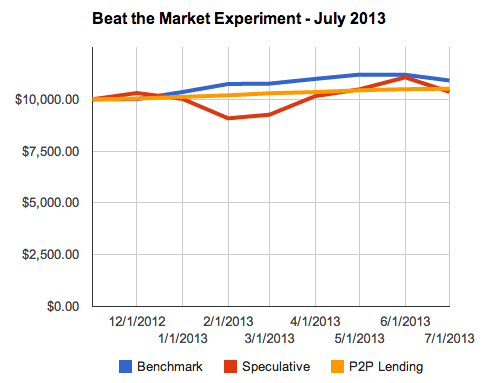
Summary. Values are as of July 1, 2013. 8 months into this experiment, the passive benchmark portfolio remains the leader despite a slight drop this month. The speculative portfolio has definitely been more volatile and is back to lagging again. As for the P2P portfolio, it is starting to look like LendingClub may perform better than Prosper. Prosper simply has more late loans in the pipeline, although I’m still hopeful for solid overall returns.
$10,000 Benchmark Portfolio. I put $10,000 into index funds at TD Ameritrade due to their 100 commission-free ETF program that includes free trades on the most popular low-cost, index ETFs from Vanguard and iShares. The portfolio was based loosely on a David Swensen model portfolio. Screenshot, click to enlarge:
$10,000 Speculative Portfolio. Many people speculate with their money, buying and selling stocks now and then, but they rarely track their performance even though they may brag about their winners. Honest tracking is the primary reason for this “no-rules, just make money” account. I dropped $10,000 into a TradeKing account for this portfolio due to their low-cost $4.95 trade structure, free tax-management gain/loss software, and free dividend reinvestment. Screenshot:
$10,000 Prosper and LendingClub Portfolio. For this one, I started with $10,000 split evenly between Prosper Lending and Lending Club, and went to work lending other people money and earning interest with an 8% target net return. So it’s also a race-within-a-race to see which option offers the best returns.
The LendingClub portfolio now has 225 current and active loans, 21 loans that were paid off early, and several in funding. One of the loans are less then 30 days late. Two of the loans have been charged off, which I had already written off after it went past 30 days late ($48). I also have about ~$22 in uninvested cash and ~$40 in accrued interest. Total is $5,302.
My Prosper portfolio now has 227 current and active loans, 21 loans that were paid off early, and the rest in funding. 4 of the active loans are between 1-30 days late. Seven (!) are over 30 days late, which to be conservative I am going to write off completely (~$156 in remaining principal). Adjusted total is $5,364 – $156 = $5,208.
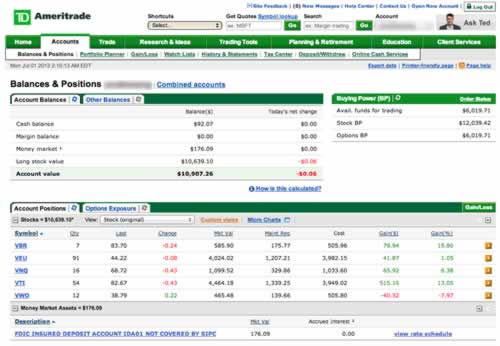
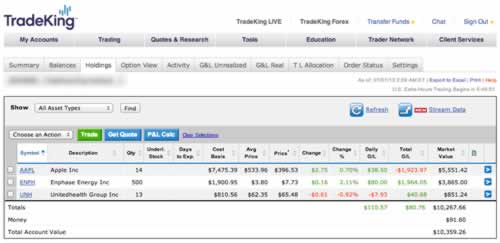
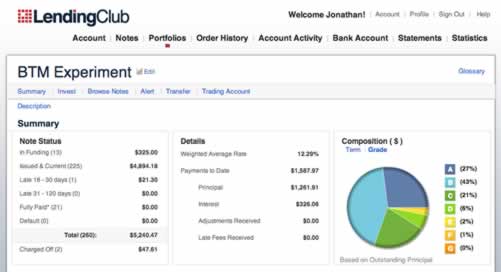
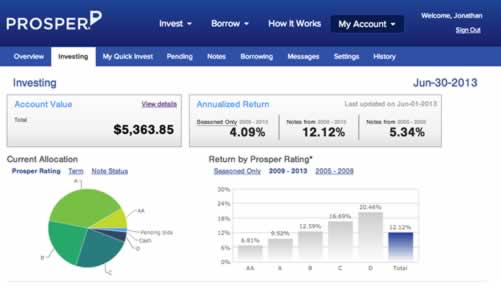
 The Best Credit Card Bonus Offers – 2025
The Best Credit Card Bonus Offers – 2025 Big List of Free Stocks from Brokerage Apps
Big List of Free Stocks from Brokerage Apps Best Interest Rates on Cash - 2025
Best Interest Rates on Cash - 2025 Free Credit Scores x 3 + Free Credit Monitoring
Free Credit Scores x 3 + Free Credit Monitoring Best No Fee 0% APR Balance Transfer Offers
Best No Fee 0% APR Balance Transfer Offers Little-Known Cellular Data Plans That Can Save Big Money
Little-Known Cellular Data Plans That Can Save Big Money How To Haggle Your Cable or Direct TV Bill
How To Haggle Your Cable or Direct TV Bill Big List of Free Consumer Data Reports (Credit, Rent, Work)
Big List of Free Consumer Data Reports (Credit, Rent, Work)
Perhaps a minor concern, but perhaps you might consider adjusting the scale on your graphs to make it easier to read the data at a glance.
Granted, it might make fluctuations look a bit more exaggerated to the less-critical readers; however, given the nature of this site, I don’t imagine that be too great of a concern.
For example, if the chart were shown in a range of say $8,000 to $12,000, with $500 increments showing, it’d be much easier to interpret the data.
Can you change your scale on the chart so the gain or loss amount is readable? Or change to percentage gain or loss of principle?